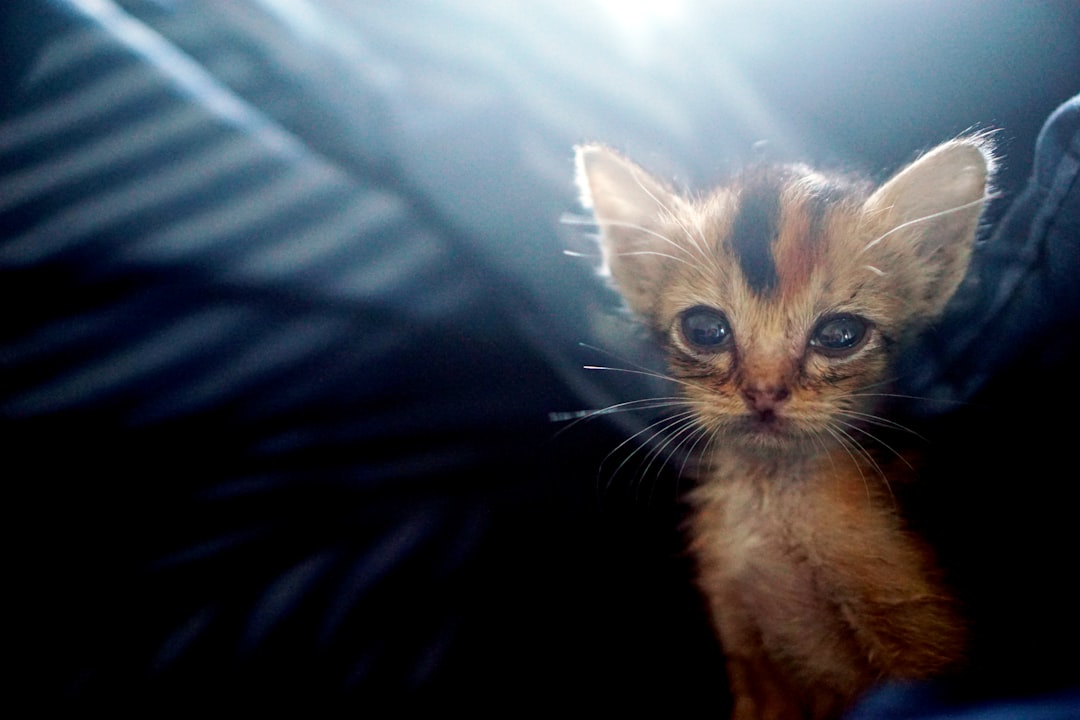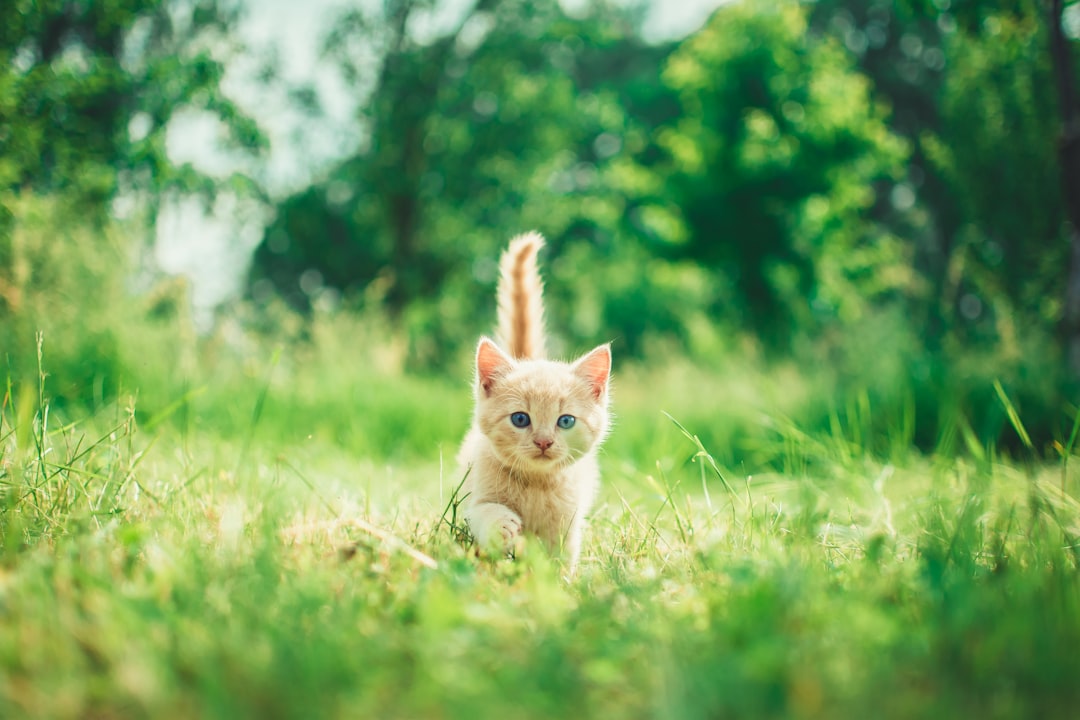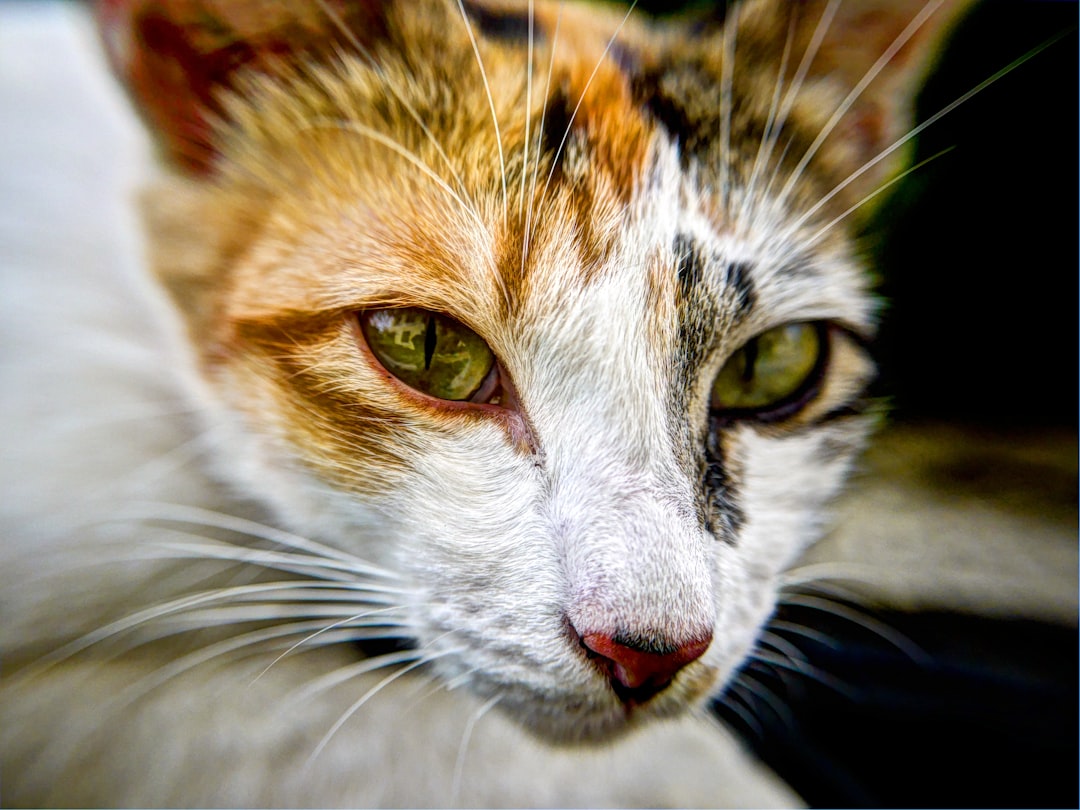When it comes to keeping your feline friend happy and healthy, choosing the right cat litter pellets is crucial. With various types available, each offering unique benefits, understanding your options will help you make an informed decision. Additionally, considering your cat’s preferences and the environmental impact of different products can guide you toward the best choice. This introduction aims to shed light on the essential factors to consider when selecting cat litter pellets that align with both your needs and your pet’s comfort.
Understanding Cat Litter Pellets
Cat litter pellets serve as an essential component in maintaining a clean and odor-free environment for your feline friends. These pellets come in various materials and designs, each tailored to enhance litter box experience for both cats and their owners. Here’s what you need to know:
Material Types: Common materials for cat litter pellets include:
- Wood: Biodegradable and naturally absorbent.
- Paper: Soft and gentle on sensitive paws.
- Bentonite Clay: Clumps well and controls odor effectively.
Texture and Size: Cat litter pellets vary in size and texture. Smaller pellets may provide better cushioning, while larger pellets can offer improved absorption but might be less comfortable for some cats.
Absorbency: Different types absorb liquid at varying rates. For instance, wood pellets expand when wet, while clay pellets effectively clump, making it easier to clean.
Understanding these aspects of cat litter pellets allows you to select the best option for your pet’s needs, ensuring a happy and healthy litter box experience.
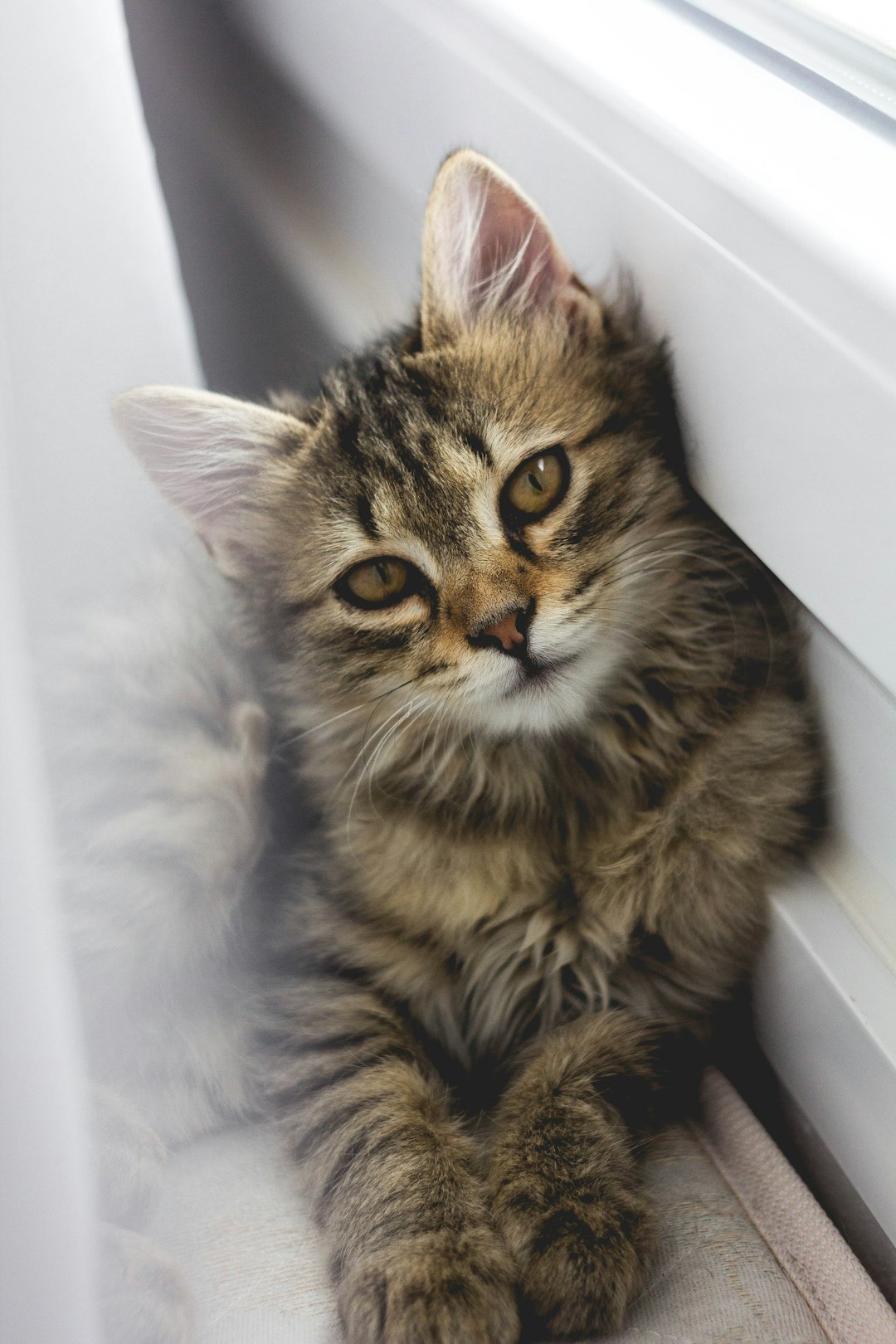
Types of Cat Litter Pellets
When selecting the right cat litter pellets, understanding the different types available can significantly impact your cat’s comfort and hygiene. Here’s a breakdown of the most common types:
Wood Pellets
Made from compressed sawdust, these pellets are biodegradable and have a natural odor control. They break down into sawdust when wet, making them easy to clean.Paper Pellets
Crafted from recycled paper, these pellets are great for sensitive cats. They absorb moisture well and are gentle on paws.Clay Pellets
Often found in two varieties: clumping and non-clumping. Clumping clay pellets form solid masses when wet, making clean-up straightforward. Non-clumping ones absorb moisture but need more frequent changes.
Comparison Table of Cat Litter Pellets
| Type | Biodegradable | Odor Control | Clumping |
|---|---|---|---|
| Wood | Yes | Moderate | No |
| Paper | Yes | Good | No |
| Clay (Clumping) | No | Excellent | Yes |
| Clay (Non-Clumping) | No | Good | No |
Choosing the right cat litter pellets depends on your cat’s preferences and your environmental considerations. Each type offers unique advantages, so consider trying a few to see which works best for you and your furry friend!
Benefits of Using Pellets
Cat litter pellets offer several advantages, making them a popular choice among pet owners. Here are some key benefits:
- Absorbency: Cat litter pellets absorb moisture effectively, which helps reduce odors and keeps the litter box dry.
- Low Dust: Unlike traditional clay litters, pellets generate minimal dust, promoting better air quality for both cats and their owners.
- Clumping Action: Many pellet varieties form solid clumps upon contact with moisture, making cleaning easier and more efficient.
- Biodegradable Options: Some cat litter pellets come from natural materials, presenting a more environmentally-friendly choice.
- Less Tracking: Pellets tend to stick less to a cat’s paws, reducing the amount of litter tracked outside the box.
In comparison to other types of cat litter, here’s a quick summary:
| Feature | Traditional Litter | Cat Litter Pellets |
|---|---|---|
| Absorbency | Moderate | High |
| Dust Production | High | Low |
| Cleaning Ease | Moderate | High |
| Environmental Impact | Moderate | Low (biodegradable) |
With these benefits in mind, cat litter pellets could be the ultimate solution for maintaining a fresh and clean litter box.
Considerations for Your Cat’s Preferences
When selecting cat litter pellets, it’s essential to consider your cat’s unique preferences. Cats are creatures of habit, and their comfort directly impacts their litter box behavior. Here are some key factors to keep in mind:
Texture and Feel: Cats may prefer softer textures to the touch. Experiment with various cat litter pellets made from natural materials, like wood or corn, which often offer a gentler feel on their paws.
Scent Sensitivity: Many cats are sensitive to strong fragrances. Opt for unscented or mildly scented cat litter pellets. This helps prevent any aversion to the litter box due to overwhelming smells.
Litter Box Type: The design of the litter box can affect your cat’s choice. Ensure the box is accessible and large enough for your cat to move comfortably, allowing them to explore their new cat litter pellets freely.
Previous Preferences: If your cat has used a specific type of litter in the past, transition slowly. Mixing their old litter with new cat litter pellets can promote acceptance.
By prioritizing your cat’s individual likes and dislikes, you ensure a smoother transition and a more pleasant litter box experience.
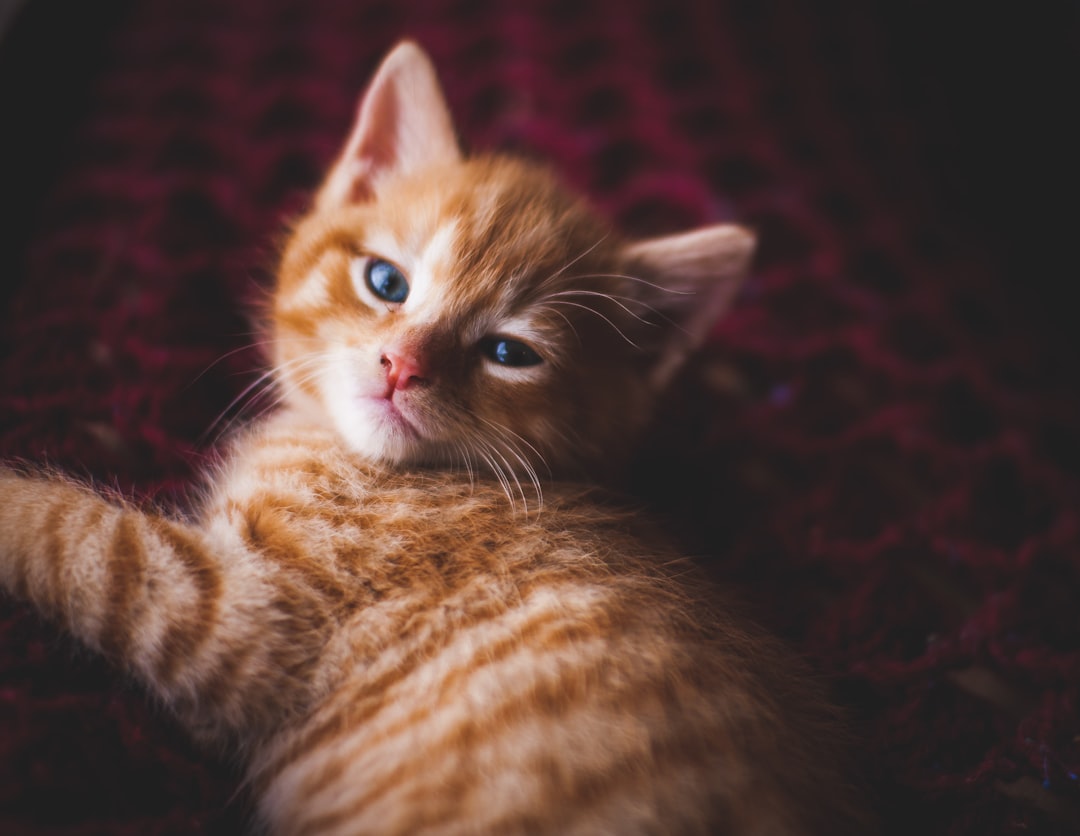
Environmental Impact of Cat Litter Pellets
When considering cat litter pellets, it’s essential to understand their environmental implications. The type of litter chosen affects both your home and the planet. Here’s a breakdown of some popular litter types and their environmental impact:
| Litter Type | Sustainability Rating | Biodegradable | Chemical-Free |
|---|---|---|---|
| Clay-based pellets | Low | No | No |
| Pine pellets | Medium | Yes | Yes |
| Paper pellets | High | Yes | Yes |
| Corn-based pellets | Medium | Yes | Yes |
Key Considerations:
Clay-based litters: These often come from strip mining, leading to habitat destruction. They are not biodegradable and take years to decompose.
Pine and paper pellets: Made from renewable resources, these are a more eco-friendly choice. They break down naturally and can be composted.
Corn-based pellets: They utilize agricultural byproducts, making them biodegradable. Ensure they’re chemical-free to reduce potential harm to your pet.
By selecting cat litter pellets with a lower environmental impact, you not only benefit your cat but also contribute to a healthier planet.
How to Transition Your Cat to Pellets
Transitioning your cat to cat litter pellets can be a smooth process if you follow these steps:
Gradual Introduction:
- Start by mixing the new cat litter pellets with your cat’s current litter.
- Use a ratio of about 25% pellets to 75% old litter for the first few days.
Monitor Reactions:
- Observe how your cat responds. Look for signs of discomfort or avoidance. If they seem hesitant, give it more time before increasing the pellets.
Increase Pellet Ratio:
- After a week, slowly increase the ratio to 50% pellets and 50% old litter.
- Allow another week for your cat to adapt before moving to 100% pellets.
Encourage Exploration:
- Engage your cat with toys placed near the litter box. This builds positive associations with the new litter.
Maintain Cleanliness:
- Ensure the litter box stays clean, as cats are sensitive to odors and hygiene.
Patience is Key:
- Each cat adapts at their own pace, so be patient!
By following these guidelines, you can help your feline friend adjust comfortably to cat litter pellets.
Tips for Managing Cat Litter
Effectively managing cat litter pellets is essential for maintaining a clean and healthy environment for your feline friend. Here are some practical tips to make the process easier:
Regular Cleaning: Scoop out clumps and waste daily. Aim for a deep clean of the litter box once a week to prevent odors from building up.
Use the Right Amount: Fill the box with at least 2-3 inches of cat litter pellets. This depth allows ample absorption and helps contain odors.
Choose the Right Box: Opt for a litter box that is easy to access. Some cats prefer covered boxes for privacy, while others like open ones for visibility.
Location Matters: Place the litter box in a quiet, low-traffic area. Ensure it remains well-ventilated to minimize odors.
Monitor Your Cat’s Behavior: Keep an eye out for any aversion to using the litter box. If your cat suddenly stops using it, consider if the litter type, cleanliness, or box location needs to change.
By following these tips, you ensure that your cat litter pellets serve their purpose effectively while keeping both you and your cat content.
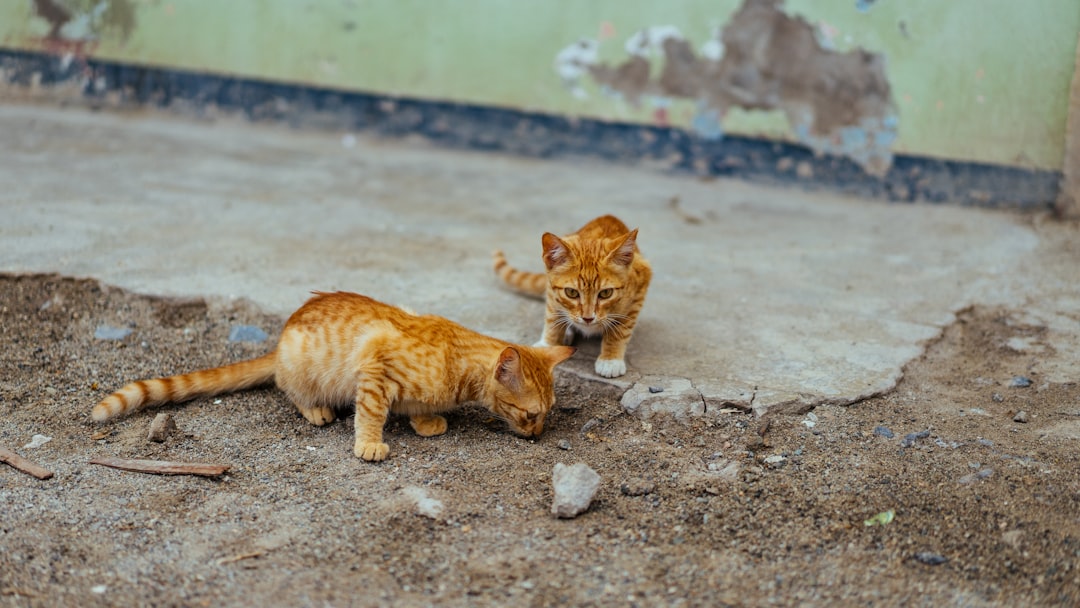
Conclusion: Making the Right Choice for Your Cat
Choosing the right cat litter pellets is essential for both your cat’s comfort and your home hygiene. To make an informed decision, consider the following factors:
Type of Pellets: Different materials (e.g., clay, wood, or corn) offer unique benefits. For instance, wooden pellets may be more environmentally friendly, while clay pellets provide superior odor control.
Your Cat’s Preferences: Observe your cat’s behavior. Some felines may prefer softer textures, while others might feel better with firmer pellets.
Maintenance: Evaluate how much time you’re willing to dedicate to litter maintenance. Some cat litter pellets require more frequent changing than others, impacting your overall cat care routine.
Environmental Concerns: If sustainability matters to you, opt for biodegradable options that reduce landfill waste.
In conclusion, selecting the right cat litter pellets can enhance your cat’s experience while simplifying your cleaning routine. Take the time to explore various products, and you’ll find the perfect match for your feline friend. Happy litter box management!
Frequently Asked Questions
What are cat litter pellets made of, and how do they differ from traditional cat litter?
Cat litter pellets are typically made from biodegradable materials such as wood, corn, or paper, and they differ from traditional cat litter, which is often made from clay. Pellets are designed to absorb moisture and control odors effectively while being more environmentally friendly. Unlike granular litters, which can create dust and tracking issues, pellets tend to stay intact during use, making cleanup easier and reducing tracking outside the litter box.
How do I choose the best cat litter pellets for my cat?
When selecting litter pellets, consider your cat’s preferences and any sensitivities they may have. Some cats prefer softer materials, while others may not mind harder pellets. It’s important to evaluate factors such as absorbency, odor control, and ease of cleaning. Additionally, consider whether you want a traditional or eco-friendly option, as many modern pellets are made from sustainable resources. Reading reviews and possibly trying a few different types can help find the best fit for your feline friend.
Are cat litter pellets safe for my cat?
Yes, cat litter pellets are generally safe for cats, especially those made from natural and biodegradable materials. However, it is essential to ensure that your chosen brand does not contain any harmful additives or chemicals that could be harmful to your pet. Always monitor your cat’s behavior when introducing a new type of litter to check for any allergies or sensitivities, and consult your veterinarian if you notice any unusual symptoms.
How often should I change cat litter pellets, and how do I maintain them?
It’s best to change cat litter pellets every 1 to 2 weeks, depending on the number of cats in the household and their usage patterns. Regularly check and scoop out clumps and waste daily to maintain cleanliness and odor control. To preserve the litter’s absorbency and freshness, stir the pellets occasionally and replace used litter when it becomes soiled or loses effectiveness. Avoid overfilling the box, as this can lead to messier conditions for your cat.

